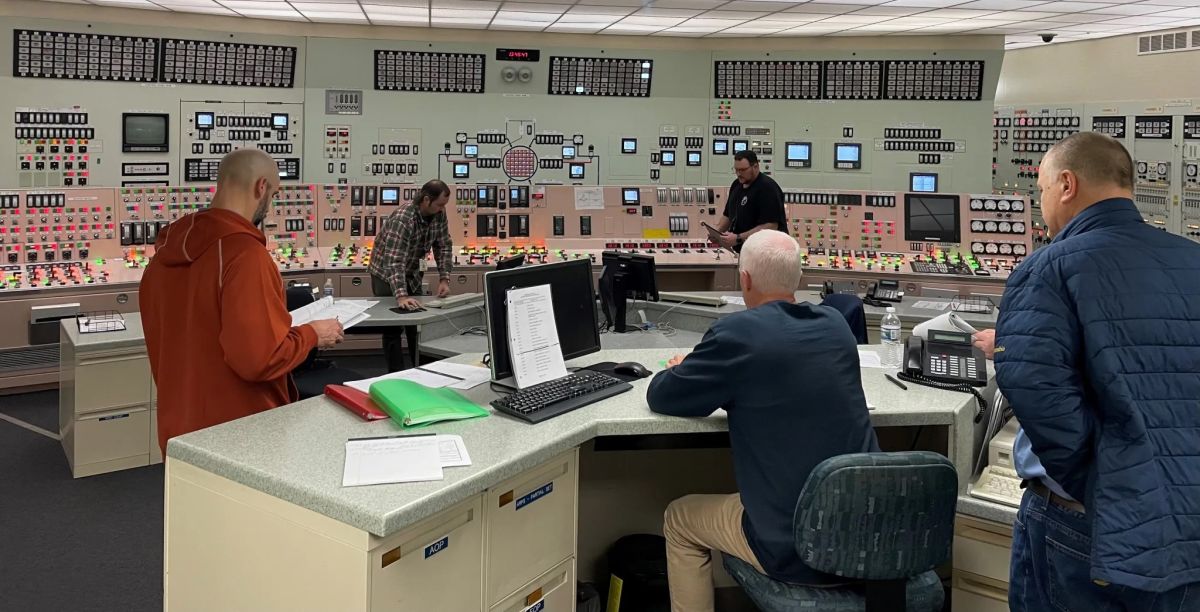The U.S. Department of Energy (DOE) has embarked on a groundbreaking journey to revolutionize our energy systems. With a substantial pledge of $325 million, the DOE is setting the stage for an era of enhanced grid resilience and a robust clean energy infrastructure. This move is part of the Biden-Harris Administration’s commitment to building a sustainable and reliable energy future for the United States, heavily underscored by the emphasis on advancing battery storage systems.
The Scope of the Investment
This funding is poised to support 15 projects across 17 states, along with the Red Lake Nation, signifying a nationwide effort to foster long-duration energy storage (LDES) technologies. By focusing on grid-scale energy storage, the initiative not only underscores the administration’s dedication to clean energy but also aims to address the acute challenges posed by climate-induced extreme weather events, fortifying energy resilience on a national level.
The Drive for Clean Energy Adoption

The adoption of renewable energy is critical in our fight against climate change. However, the fluctuating nature of sources like solar and wind necessitates a storage solution that can reliably capture and dispense power. This is where the DOE’s investment plays a crucial role, with energy storage companies set to benefit and expand their capabilities. The target is a 90% reduction in the costs of LDES by 2030, which would propel the nation towards a more sustainable energy portfolio, integrating industrial batteries into the larger scheme.
Overcoming Barriers to Storage Technology
Current energy storage technologies, particularly battery storage solutions, have limitations in scale and cost-effectiveness, which hinder the widespread utilization of renewable energy. The LDES Demonstrations Program, under the DOE’s Office of Clean Energy Demonstrations, is designed to overcome these barriers by funding a myriad of technology types that promise both intraday and multiday storage solutions. These solutions are critical to scaling up industrial batteries and supporting grid-scale energy storage deployments, as well as commercial energy storage systems that can provide immediate benefits to businesses.
Real-World Impact
In Healy, Alaska, the real-world impact of the DOE’s investment is already evident. A community there is moving from coal-powered energy to renewable sources, supported by a cutting-edge pumped thermal energy storage system. This transition in such a remote and challenging environment highlights the practical applications and potential of the DOE’s investment in battery energy storage systems, including short-term energy storage options, to transform energy infrastructures across various landscapes.
Furthermore, such strides by energy storage companies are instrumental in reducing the carbon footprint by integrating more renewable energy into the grid.
A Vision for the Future
The DOE’s funding reflects a future-forward approach, with a vision for an America empowered by clean, reliable, and affordable energy. It’s a robust leap towards ensuring that communities across the nation have control over their energy systems and a resilient power grid, underscored by advancements in battery storage technology, that can withstand the challenges of the 21st century.
Disclaimer: Any opinions expressed in this blog do not necessarily reflect the opinions of Certrec. This content is meant for informational purposes only.












